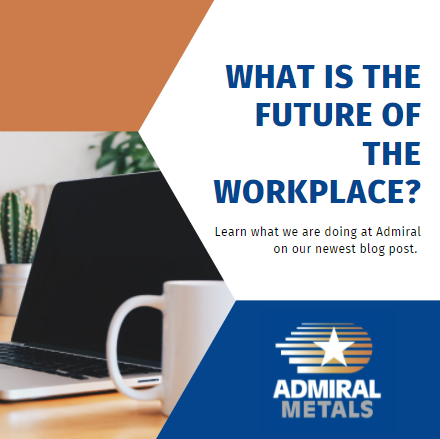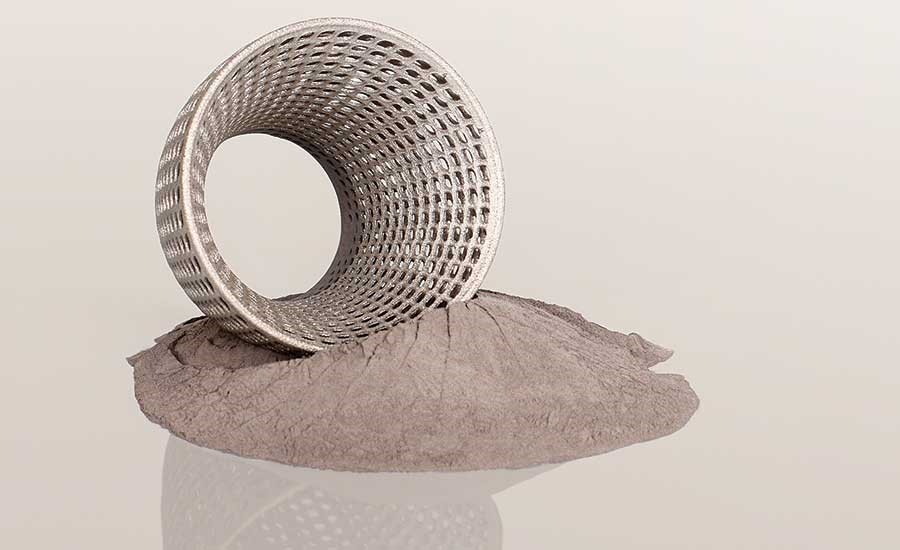![]() Newsletter PDF
Newsletter PDF
![]() Boston Strong PDF
Boston Strong PDF
I am C-3PO, human-cyborg relations. And this is my counterpart R2D2. When the Star Wars movies were first launched in the mid-1970’s, it was only in science fiction that one could imagine a robot performing tasks that required the human brain. At that time, most robots were built to perform only repetitive routine tasks, like those found on an assembly line. Today, robots are becoming fast, sophisticated precision workers that surpass human capabilities, causing many in science, in the military and in industry to turn their attention to today’s “C-3PO’s”.
Robots todays are small computers able to work with great speed, precision and efficiency. In business, they create the opportunity to increase productivity and decrease costs while reserving human resources for more fulfilling work requiring creativity, thoughtful logic, emotion or human interaction. Robots are also used in environments that might otherwise put human life in danger. The military uses a number of robots intended to keep soldiers safe, including Daksh, used to locate, recover and defuse bombs, or MARCbot, one of the smallest and most commonly used robots that expertly inspect suspicious objects.
There are about 1.2 million industrial robots working worldwide and that number is projected to grow in the coming years. The IFR (International Federation of Robotics) Statistical Department expects that between 2014 and 2016 worldwide robot sales will increase by about 6{41f8e085fc68038a2da2699f98ad8aea8b7e87e25f742017f6f76a0b55118d3c} on average per year. It ’s companies like Amazon that are driving the demand. CBS’s “60 Minutes” aired an eye-opening segment in December of 2013 revealing Amazon’s plans to use robot drones to deliver packages to customers within hours . Using a more direct route flying above the traffic, the drones are an ideal way to deliver products faster, cheaper, and more accurately. Along with Amazon, Google is showing interest in robotic technology acquiring eight robotics firms including Industrial Perception, Redwood Robotics, Meka, Schaft, Holomni, Bot & Dolly, Autofuss, and the latest Boston Dynamics.
The combination of speed, efficiency and innovation has increased demand for robots, sparking a surge in the number of emerging robotics companies, many of which are clustered in New England, specifically Massachusetts. New England is home to over 35 robotics research and developments programs, over 150 robotics companies and institutions, and the New England Robotics Validation and Experimentation Center at UMass Lowell (one of three test facilities in the nation). The Federal Aviation Administration has selected MA as home to one of six test sites for drone research. Massachusetts is not alone. Philadelphia has played a major role in world-wide collaboration and thought leadership in the area of robotics. The Philadelphia Robotics Group gathers robotics enthusiasts and experts from around the globe to discuss ideas and techniques, share demos, and collaborate on projects. This kind of growth and continued innovation creates an new and robust customer segment for those of us in the metals and machining industries.
Driven by very impressive, almost futuristic technology, the robotics industry delights us at every turn, much like when we first saw the Jetson’s maid Rosie rolling through the apartment with dinner in one hand and a feather duster in the other. Still, as Mike Loukides, a robotics industry expert, wrote in a recent Forbes article, “We might have found Rosie impressive, but the Jetsons didn’t.” Robotics’ survival and continued growth will depend on continued innovation, which makes it a fascinating industry to follow and observe.
SIDEBAR:
Remembering the Boston Marathon 2013

Tim Bourassa and Paddy McKenna
“I can STILL run, but you can’t hide – Boston 26.2” Tim Bourassa, a saw operator with Admiral Metals, spoke these words after being stopped at mile 25.7 while running in last year’s Boston Marathon. He vowed then: “I’m gonna run it again. It still feels like we have to finish.” He went back a few weeks later to run the last mile, step over the finish line and received a finisher’s medal, he and his wife have been training to run Boston again. “I feel it’s a moving on thing, we’ve been waiting, and waiting, and waiting. I think the runners just want justice served and for everyone to be able to participate and heal from it.”
You can follow Tim on the Boston Athletic Association website AT&T Athlete Alert. Enter bib #32172
Paddy McKenna
Just one year ago, Paddy McKenna, a shipper for Admiral, was working in the warehouse when he heard the news of the marathon bombings. His wife, three children and dozens of relatives were just 100 yards from the finish line. Fortunately, they remained safe. Now, Paddy reflects on the effect of the bombing on his family. “It’s amazing to see how something like that affected my kids. My youngest, he’s going to be five next week, started bringing it up again, I’m sure it’s because it’s been on the news all the time, but it’s just out of the blue. My daughter doesn’t say anything about it. It’s been a crazy, crazy year [for my family]. How could someone do something like that with young kids there?”
May the force be with you,
![]()
bursteinj@admiralmetals.com



